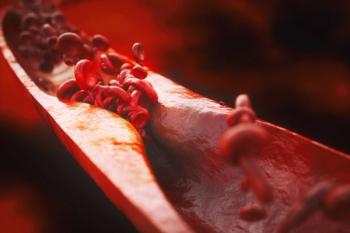
The Death of "Lone Atrial Fibrillation"
A recent white paper declares it time to abolish the ambiguous term. Given current knowledge of atrial fibrillation, the 60-year-old description serves only to confuse.
It is difficult to fathom that today, in 2014, we still use a term that was first coined more than 60 years ago. The origin of the term “lone atrial fibrillation (AF)” dates back to 1954 when physicians used the term to describe patients in whom follow-up testing showed no evidence of heart disease. Since then, it has been interchangeably used with the term “idiopathic AF.” We have made dramatic strides in our understanding of AF and its causes since 1954 and so the term is becoming increasingly obsolete.
In fact, a recent white paper issued by an expert working group and published in the
Currently, lone AF is defined as AF occurring in younger adults (age <60 years) with no clinical or echocardiographic evidence of heart or lung disease or of any other apparent trigger. The ambiguity of this definition leads to wide variability in prevalence estimates of lone AF, ranging from 0.2% to 68%. With the advent of improved imaging technology such as three-dimensional and speckle-tracking echocardiography and cardiac MRI, even mild left atrial enlargement and other subtle abnormalities of the heart (eg, atrial systolic and diastolic dysfunction) are more easily and more frequently detected. Since these less pronounced irregularities are not specified within the current definition of lone AF (which includes primarily gross structural abnormalities), it remains unclear whether individuals with left atrial enlargement can be assigned to this category. Finally, we now understand that AF needs both a trigger and a substrate for sustaining the arrhythmia. After one episode of AF, it is clear that the individual may have an underlying substrate for this arrhythmia, again making lone AF an ambiguous and somewhat inaccurate classification.
Therefore, moving away from the use of this terminology, not only in our documentation, but also in our thinking about patients with AF, is likely to provide a more comprehensive portrayal of our current understanding of this disease process and its etiologic mechanisms.
Source
Wyse DG, Van Gelder IC, Ellinor PT, et al. Lone atrial fibrillation: does it exist? J Am Coll Cardiol. 2014;63:1715-1723. doi:
Newsletter
Enhance your clinical practice with the Patient Care newsletter, offering the latest evidence-based guidelines, diagnostic insights, and treatment strategies for primary care physicians.




















































































































































































































































































